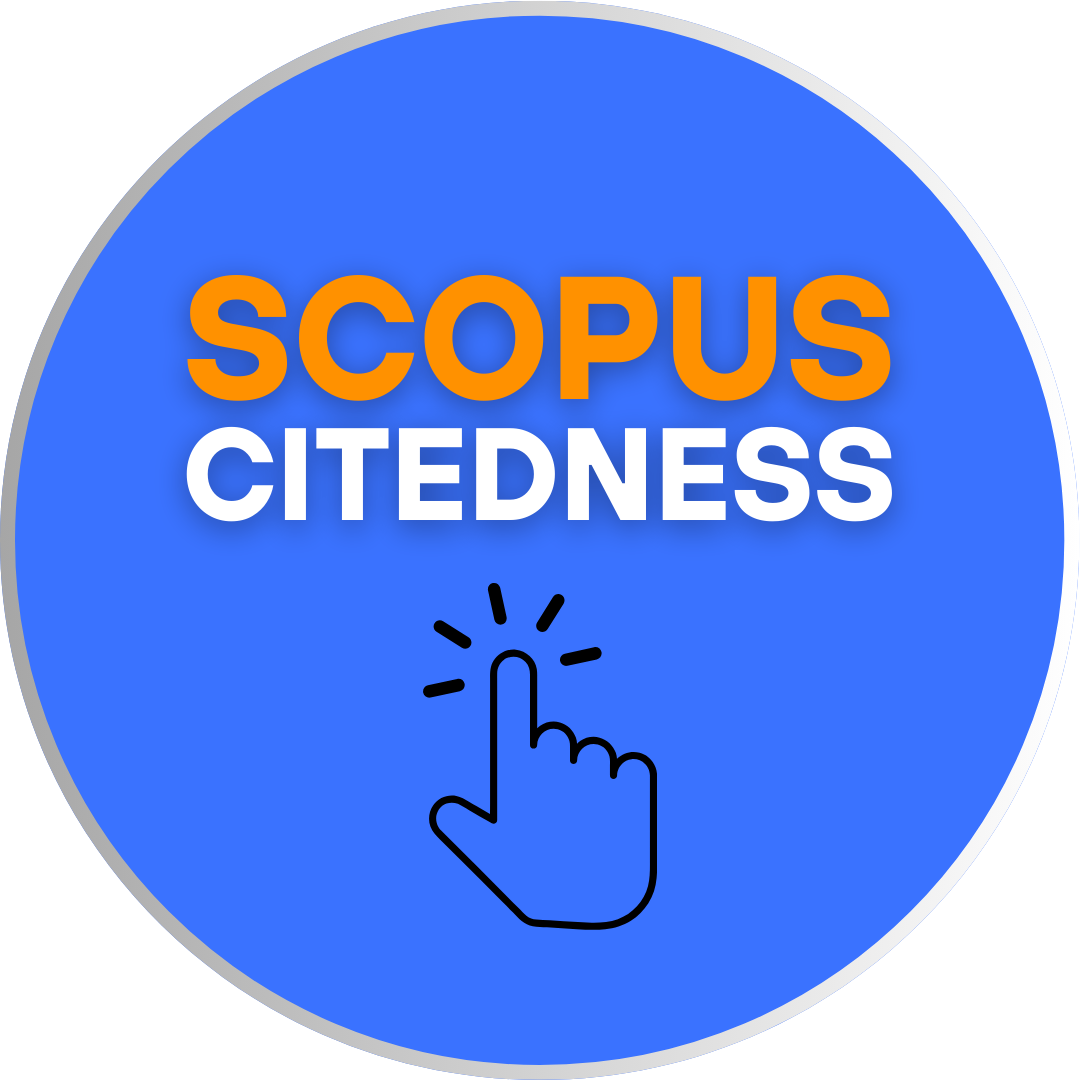Pragmatic Analysis of Searle’s Directive Acts Types in “Get Out Movie”
DOI:
https://doi.org/10.18592/let.v12i2.7366Keywords:
directive acts, illocutionary acts, movie, pragmatics, speech acts,Abstract
This descriptive qualitative research revealed directive acts types of characters’ directive utterances in a movie. The researchers took a thriller movie entitled Get Out as the data source and the characters' directive utterances were gathered as the data. Considering the data were collected through observation and note-taking, observational method and note-taking technique were applied. In analyzing data, the researchers employed pragmatic identity method and technique of pragmatic competence- in equalizing. The investigation was done by applying the theory parted by Searle (1979), which was further defined by Searle and Vanderveken (1985). The findings reported that there were 35 data of directive acts types and 10 directive acts types appeared in the utterances. Specifically, nine data were found in ask, command showed two data, order consisted of six data, one data in plead, beg, and entreat, permit got five data, request was discovered in two data, four data were found in advise, and invite consisted of four data. Among all types, the type of ask involved as the dominant type because the movie characters tended to convey directive utterances to direct other characters to answer questions. There was no type of pray conveyed in the characters' directive utterances as the characters did not privately speak to sacred figures or God.References
Creswell, J. W. (2013). Qualitative inquiry and research design: Choosing among five approaches (Habib, L. Ed.), (3rd ed). United States: Sage Publications, Inc.
Faridah, S. (2020). Directive speech acts in the utterances of Madihin performance. Atlantis Press, 418, 302–306. https://doi.org/10.2991/assehr.k.200320.059
Kreidler, W. C. (1998). Introduction English Semantics. New York: Routledge.
Martinez, N. D. C. (2013). Illocutionary constructions in English: Cognitive motivation and linguistic realization. Switzerland: Peter Lang.
Mubarok, Y., Anggraeni, D. N., & Sugiyo, S. (2021). Directive speech acts in the school slogans. Englisia: Journal of Language, Education, and Humanities, 8(2), 148-160. https://doi.org/10.22373/ej.v8i2.7960
Peele, J. (2017). “Get Out”. Universal Pictures.
Perez, L., & Hernandez. (2021). Speech acts in English: From research to instruction and textbook development (Kytö, M. Ed.). New York: Cambridge University Press.
Rahmawati, N., Irawati, R. P., & Nawawi, M. (2020). Arabic language directive act in Salahuddin Al-Ayyubi movie. Arabi: Journal of Arabic Studies, 5(2), 142–152. http://journal.imla.or.id/index.php/arabi/article/view/292/99
Sari, D. N., & Utomo, A. P. Y. (2020). Directive speech act in President Joko Widodo’s speech related to handling coronavirus (Covid-19) in Indonesia (Pragmatic review). Journal of Social Studies (JSS), 16(1), 35–50. https://doi.org/10.21831/jss.v16i1.32072
Sasanaputra, R., & Mubarak, Z. H. (2021). Kinds and function of directive acts in Youtube channel James Corden "Spill Your Guts" talkshow. Journal Basis, 8(1). https://doi.org/10.33884/basisupb.v8i1.2793
Searle, J. R. (1979). Expression and meaning: Studies in the theory of speech acts. New York: Cambridge University Press.
Searle, J. R., & Vanderveken, D. (1985). Foundations of illocutionary logic. New York: Cambridge University Press.
Sudaryanto. (2015). Metode dan aneka teknik analisis bahasa. Yogyakarta: Sanata Dharma University Press.
Tesaindra, M. S., & Mualimin, M. (2017). The directive illocutionary acts in the Help movie. LANTERN (Journal on English Language, Culture and Literature), 6(2). https://ejournal3.undip.ac.id/index.php/engliterature/article/view/16231
Virginia, F., & Ambalegin, A. (2021). Directive acts uttered by main character in I Care a Lot movie. Journal of Applied Studies in Language, 5(2), 237–244. https://doi.org/https://doi.org/10.31940/jasl.v5i2.237-244
Wijayanti, K. S., & Yulianti, F. (2020). Illocutionary in main character’s dialogue of “Maleficent: Mistress of Evil” movie. Journal of English Teaching and Learning Issues, 3(1), 57–66. https://doi.org/10.21043/jetli.v3i1.8342
Downloads
Published
How to Cite
Issue
Section
License
Authors who publish with this journal agree to the following terms:
- Authors retain copyright and grant the journal right of first publication with the work simultaneously licensed under a Creative Commons Attribution License that allows others to share the work with an acknowledgement of the work's authorship and initial publication in this journal.
- Authors are able to enter into separate, additional contractual arrangements for the non-exclusive distribution of the journal's published version of the work (e.g., post it to an institutional repository or publish it in a book), with an acknowledgement of its initial publication in this journal.
- Authors are permitted and encouraged to post their work online (e.g., in institutional repositories or on their website) prior to and during the submission process, as it can lead to productive exchanges, as well as earlier and greater citation of published work.
LET (LINGUISTICS, LITERATURE, AND LANGUAGE TEACHING) http://jurnal.uin-antasari.ac.id/index.php/let/index licensed under a Creative Commons Attribution 4.0 International License.
















